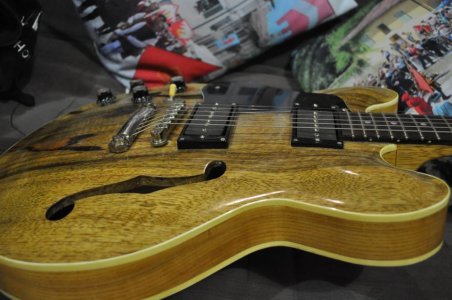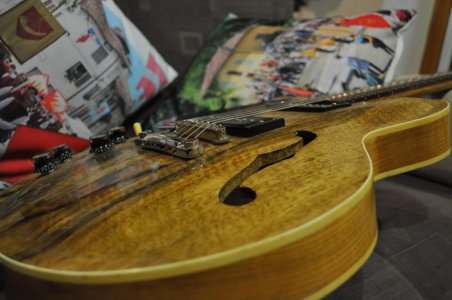Masta' C
Well-known member
Ok, I want to get some opinions...
As some of you know, I just picked up a brand new 2016 Schecter V-1 last week. I've checked everything over and the factory setup is in spec according to my handy dandy measuring tools.
However, the bridge seems REALLY low compared to my other tune-o-matic equipped guitars. I'd estimate there's less than a full turn on the posts before the bridge would be bottomed out, particularly on the treble side.
I'm really concerned about long-term adjustability as the guitar gets played and ages.
What do you think...is this "normal"? Would you be comfortable seeing this on a brand new guitar?


As some of you know, I just picked up a brand new 2016 Schecter V-1 last week. I've checked everything over and the factory setup is in spec according to my handy dandy measuring tools.
However, the bridge seems REALLY low compared to my other tune-o-matic equipped guitars. I'd estimate there's less than a full turn on the posts before the bridge would be bottomed out, particularly on the treble side.
I'm really concerned about long-term adjustability as the guitar gets played and ages.
What do you think...is this "normal"? Would you be comfortable seeing this on a brand new guitar?




